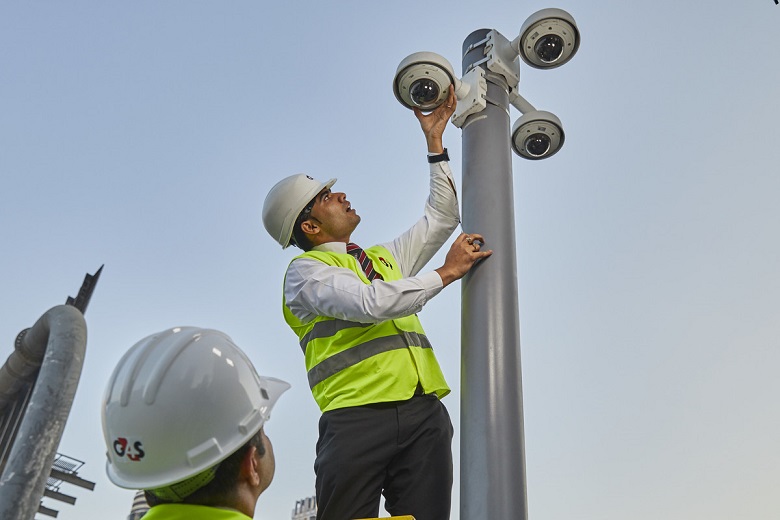Video surveillance

The video surveillance system is installed primarily for security reasons. The basic role of video surveillance is to increase the security of people and property that is potentially endangered.
When designing a video surveillance system, you choose a video surveillance system according to your needs and possibilities. For example, in a retail facility, video surveillance is used to prevent theft or to keep tracks of working hours. In factories, it is set up to supervise and monitor certain processes and machines.
Video surveillance should not be seen as a cost, but as an investment. Investing in video surveillance is an investment in your own and the safety of your family or employees.
There are two types of video surveillance: analog and IP video surveillance.
Analog video surveillance is the most common on the market and it is used the longest due to its affordable price. Its biggest drawback is that a limited number of people can access the video from one place at a time.
IP video surveillance is a modern video surveillance - data transmission is done via UTP cable. There are many advantages over CCTV, but the main advantage is the quality of video material, There is also the possibility of powering the cameras via a network cable.
The video surveillance system itself consists of cameras, equipment for storing and displaying video material and cables which connect all of the components. As technology evolved, wireless cameras were created and then the videos were stored on an SD card.
The cameras are divided according to various criteria: the resolution of the video that the camera can record, whether it has a night mode (shooting in the dark), which angle it covers, whether it is waterproof or impact resistant, what material it is made of ... When choosing, pay attention to various camera features, such as the ability to remotely control focus and zoom, whether it has a memory card slot, etc.
There are a few things to keep in mind when choosing the right video recorder - DVR or NVR. The first is the number of camera inputs - maximum number of cameras that can be connected to the recorder. Future capacity expansion should always be considered. The next thing is the memory, ie HDD (hard disk) or SD card of the recorder, because it depends on how much video material can be recorded and stored. It is better to have as much space as possible, but more space entails a higher price of the entire system, so it is recommended to adjust the storage space to real needs (minimum 30 days according to the Law on Private Security).

